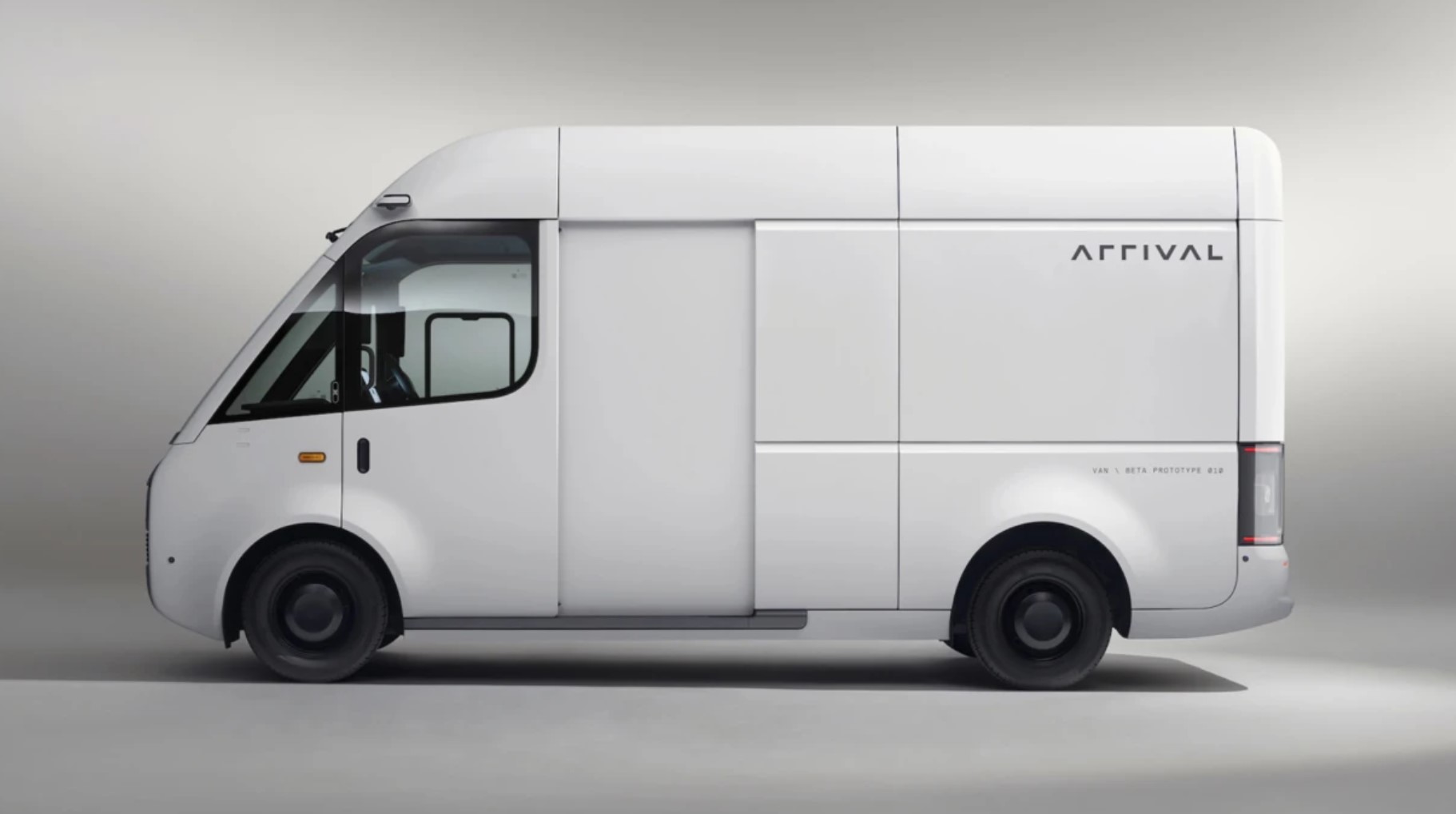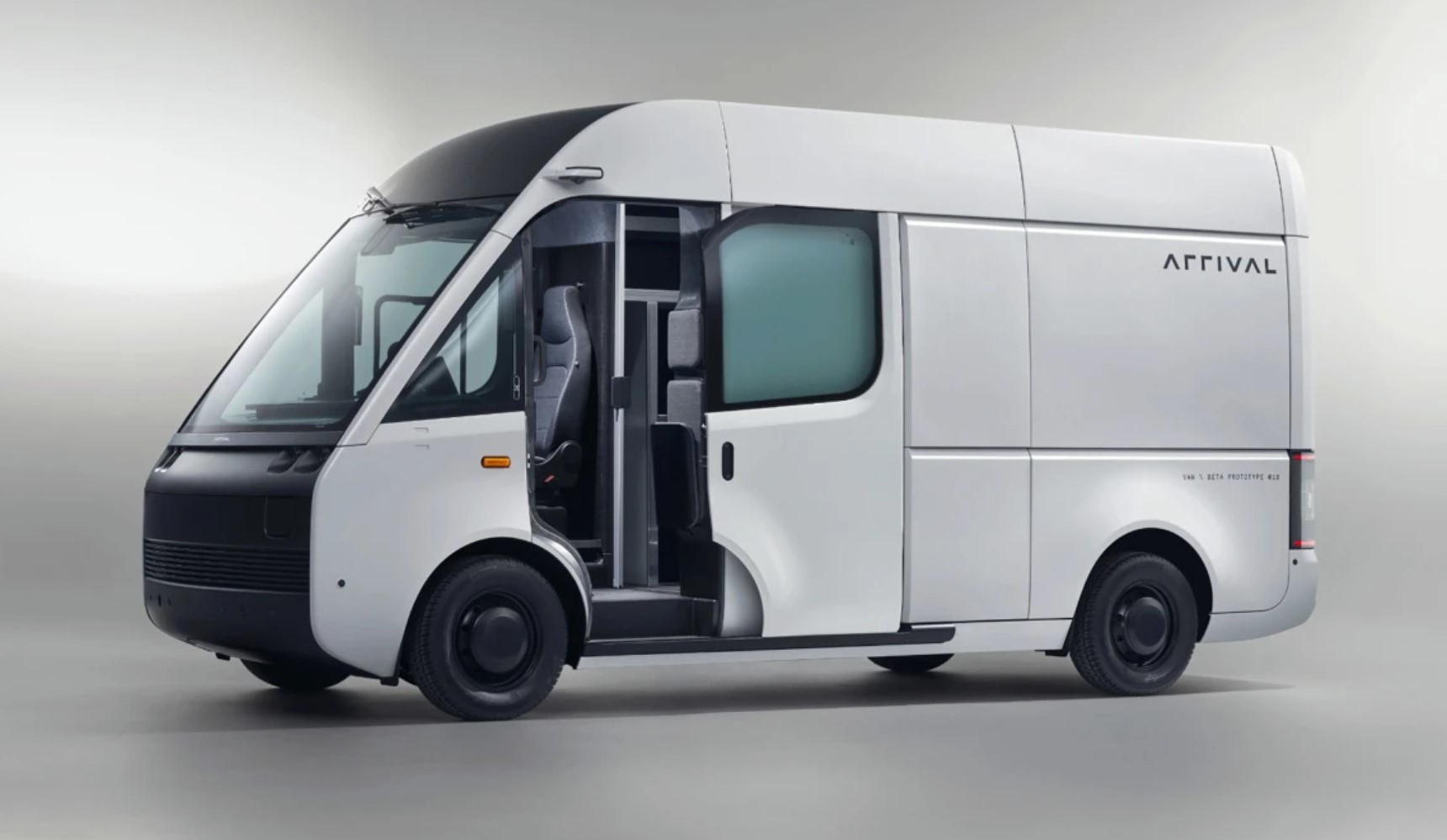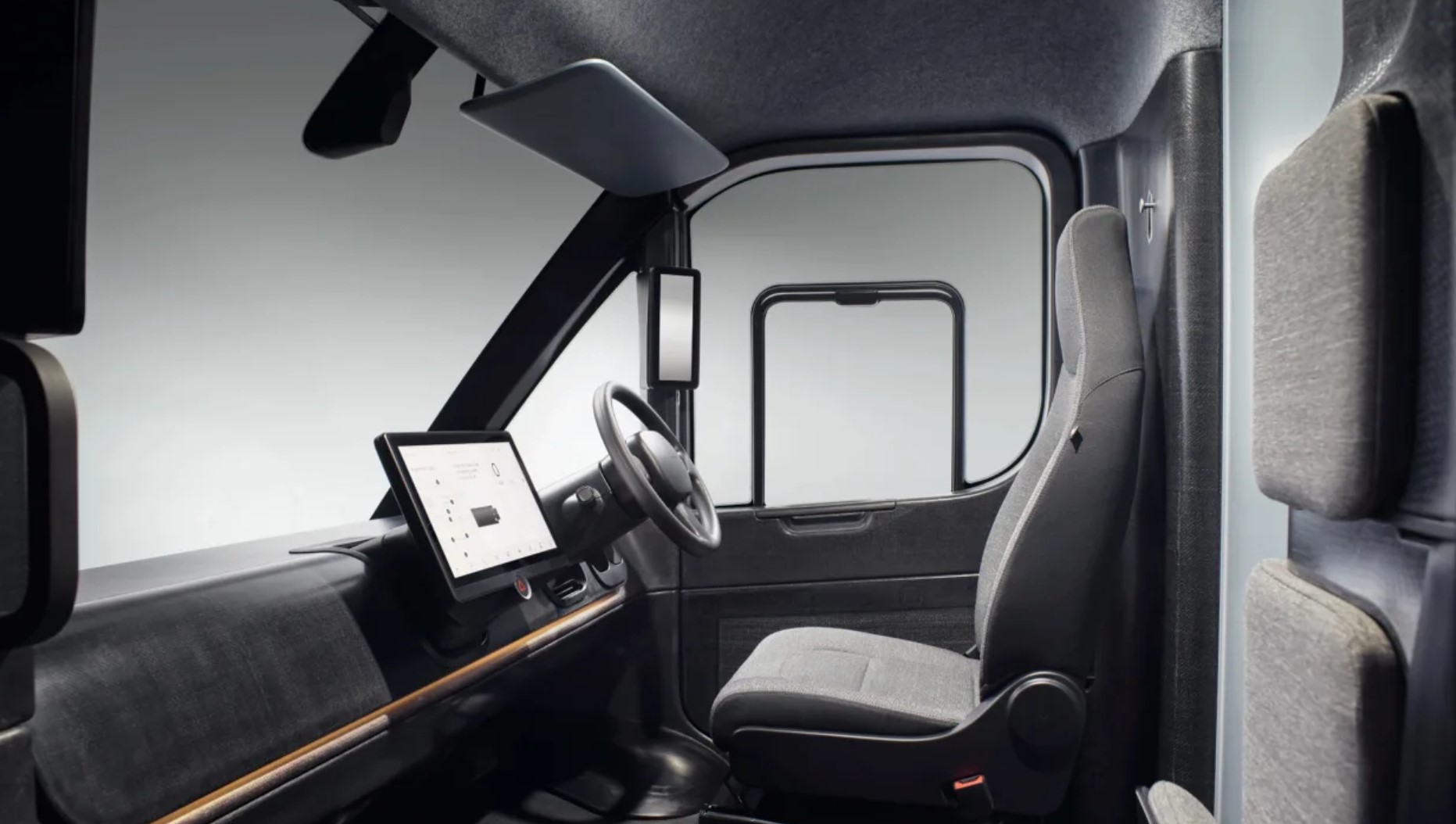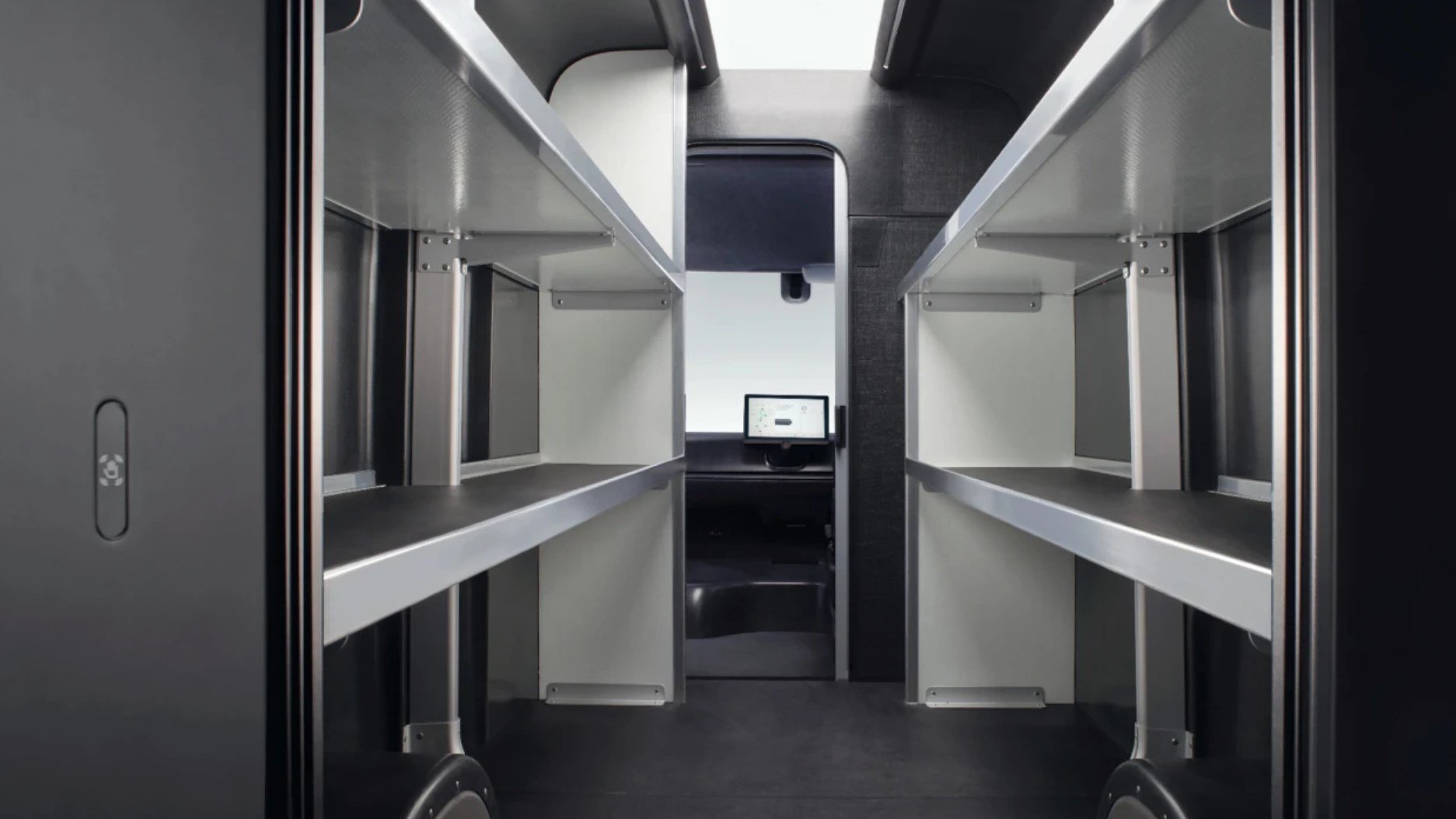EV start-up Arrival will scale back production of its van after half-year financial report.
New electric commercial vehicle start-up Arrival’s all-electric panel van will start production this summer with 20 vans expected to go to customers before the end of the year. The announcement was made in the firm’s Second Quarter 2022 Financial report.
The van’s production will take place in the UK where it was designed. Simply called the Arrival Van, it has already entered a brief trial phase this year with a select group of businesses and private customers, and will soon begin trialling in central London.
The firm’s second production plant will be in Charlotte, North Carolina, its opening has been delayed until 2023.
“We have had big achievements in Q2 including the European certification of our Van and Bus products and successful internal trials of both Van and Bus on public roads.” said Denis Sverdlov, Arrival founder and CEO. “In addition, we’ve made recent strategic decisions that will allow us to start production this quarter in Bicester, deliver our first vehicles to UPS this year, and start production in Charlotte in 2023.”The brand has plans to open more assembly lines, each of which will employ a further 200 people and increase annual production capacity by 10,000 units. However, in the latest financial report, Arrival reported losses of $89.6m (AUD$126.2m) in the second quarter of 2022, compared to a loss of $56.2m (AUD$79.2m) in the same quarter in 2021.
The Arrival Van itself will have plenty of rivals in the large electric van segment, which was relatively lacking in numbers only a few years ago. There’s the Ford E-Transit and Mercedes eSprinter to contend with as well as the Stellantis models such as the Fiat e-Ducato, Citroen e-Relay, and Vauxhall Movano-e. Arrival says its new van has a maximum payload of 1975kg and, depending on the wheelbase, a maximum capacity of 14.6 cubic metres.
Arrival electric van4
The battery pack system is modular, with capacities ranging from 67kWh to 133kWh. The entry-level 67kWh van claims an estimated range of 200km on a single charge, while two mid-range 89kWh and 111kWh options are pegged at 240km and 300km respectively. Arrivals claims that the 133kWh version of the van is capable of 340km on a full battery, while every version comes with 120kW DC charging technology.
Unlike its major competitors from Stellantis, the Arrival Van is built around a purpose-made electric platform. To keep the van’s kerb weight to a minimum and maximise range, its chassis is made from aluminium and its body panels are made from lightweight composite plastics.
Arrival says this latter innovation could also help to keep repair costs down, as the composite panels are more resistant to dents and scrapes than painted steel bodywork. If a panel does get damaged beyond use, it’s also quicker and cheaper to replace. None of the van’s structure will rust either, which increases its life expectancy.
The Arrival Van uses little welding to construct. Instead, the platforms and bodies are bolted and bonded together, which the brand says makes the vehicles both quicker to assemble and cheaper to buy as there’s no need to invest in expensive specialist tooling.
Patrick Bion, Arrival’s Vice President of Product, told Automotive Daily: “Our material cost alone will never be our best competitive attribute, but when you balance that off with the cost of the assembly process, it’s far, far better. The cost to bring a product to market – or 10,000 – is far, far lower than using the traditional processes.
Further costs are saved by the use of a new, cheap composite material in the construction of the van.
Alastair Crooks







